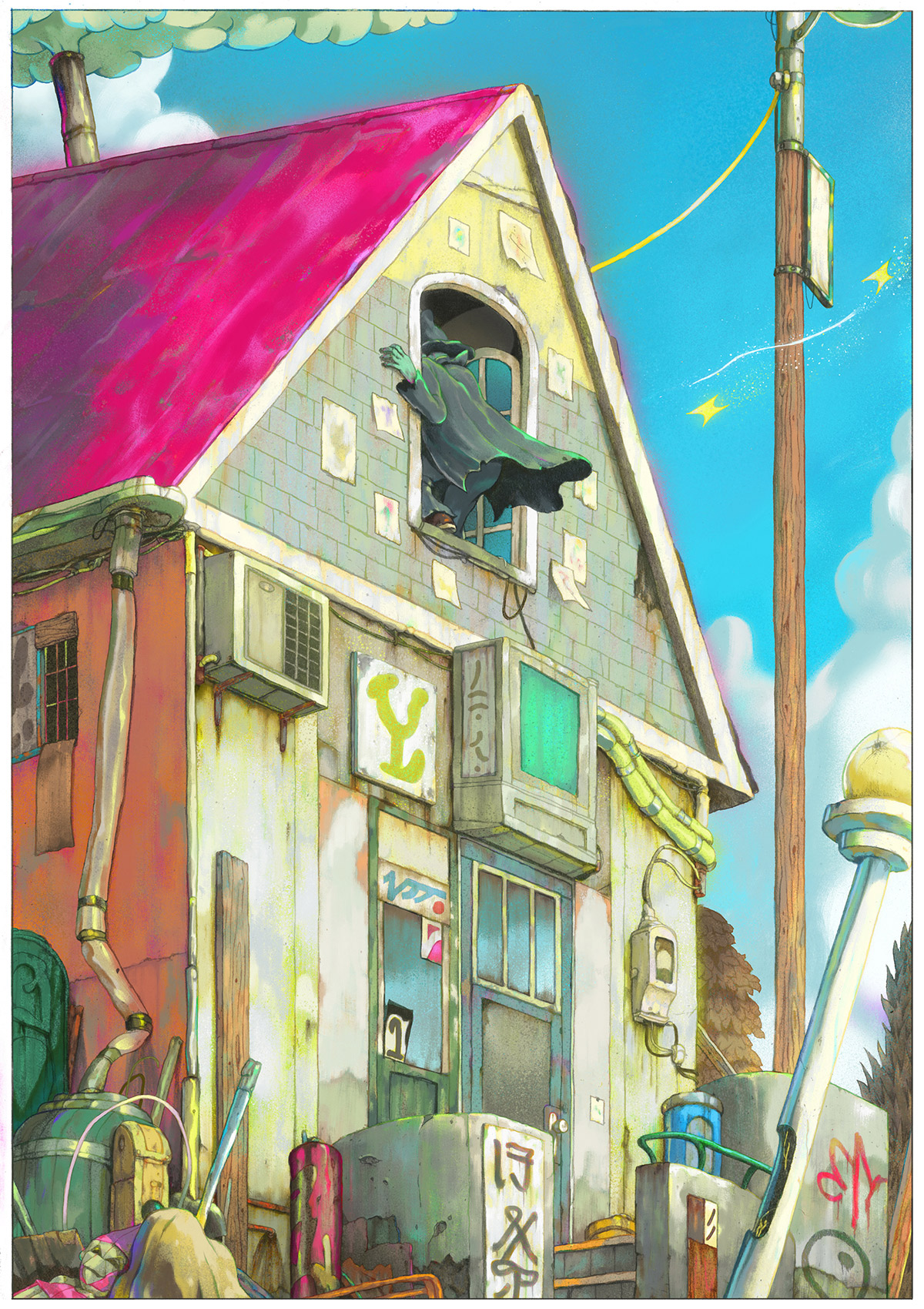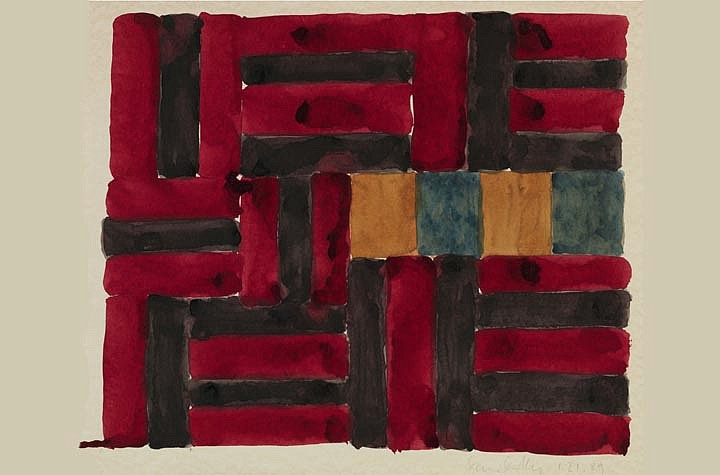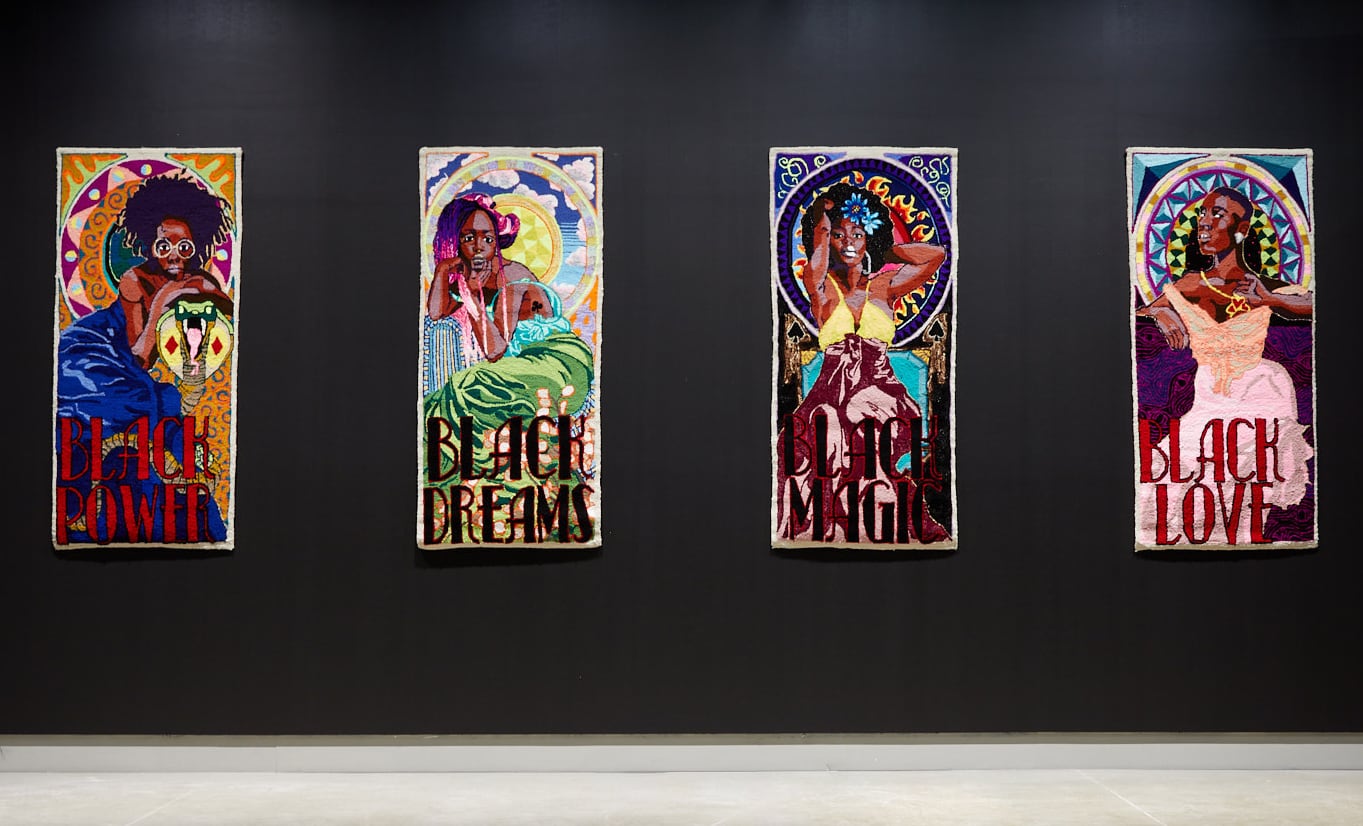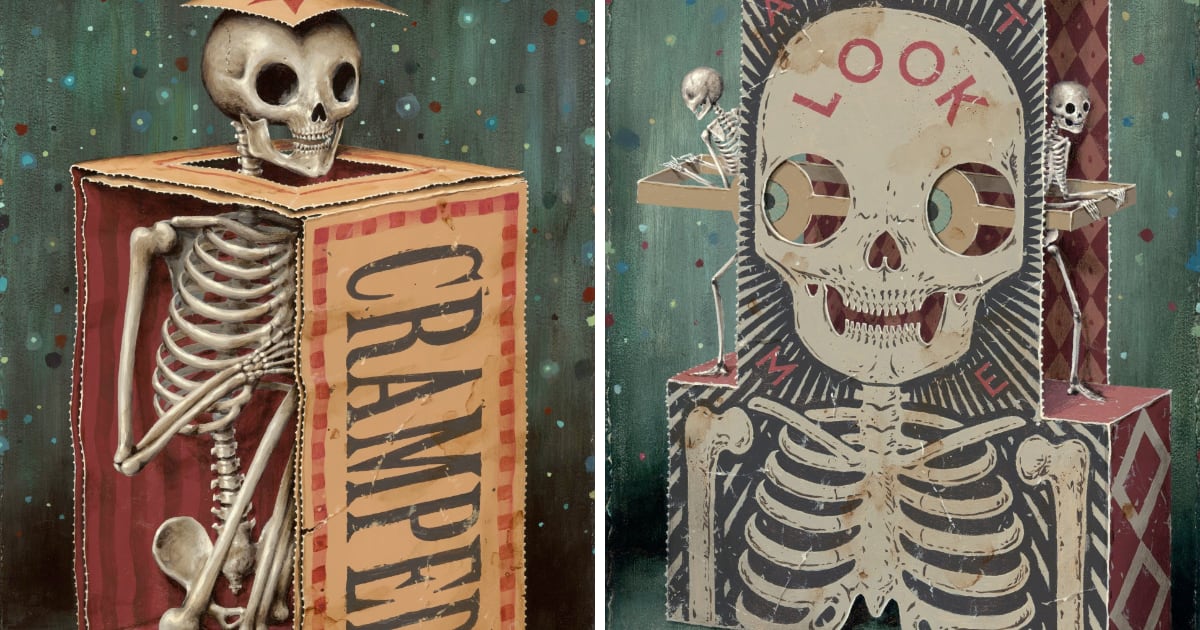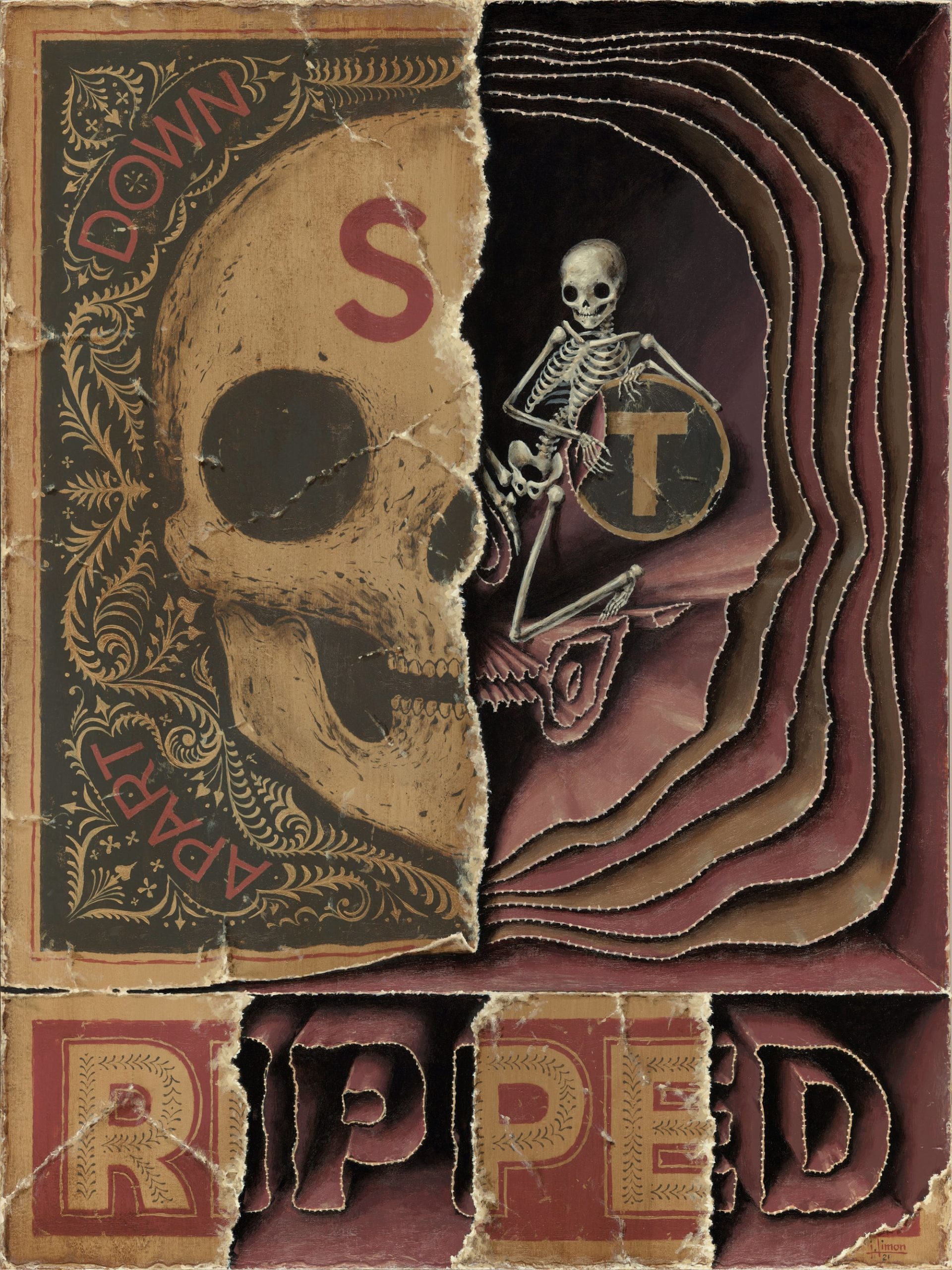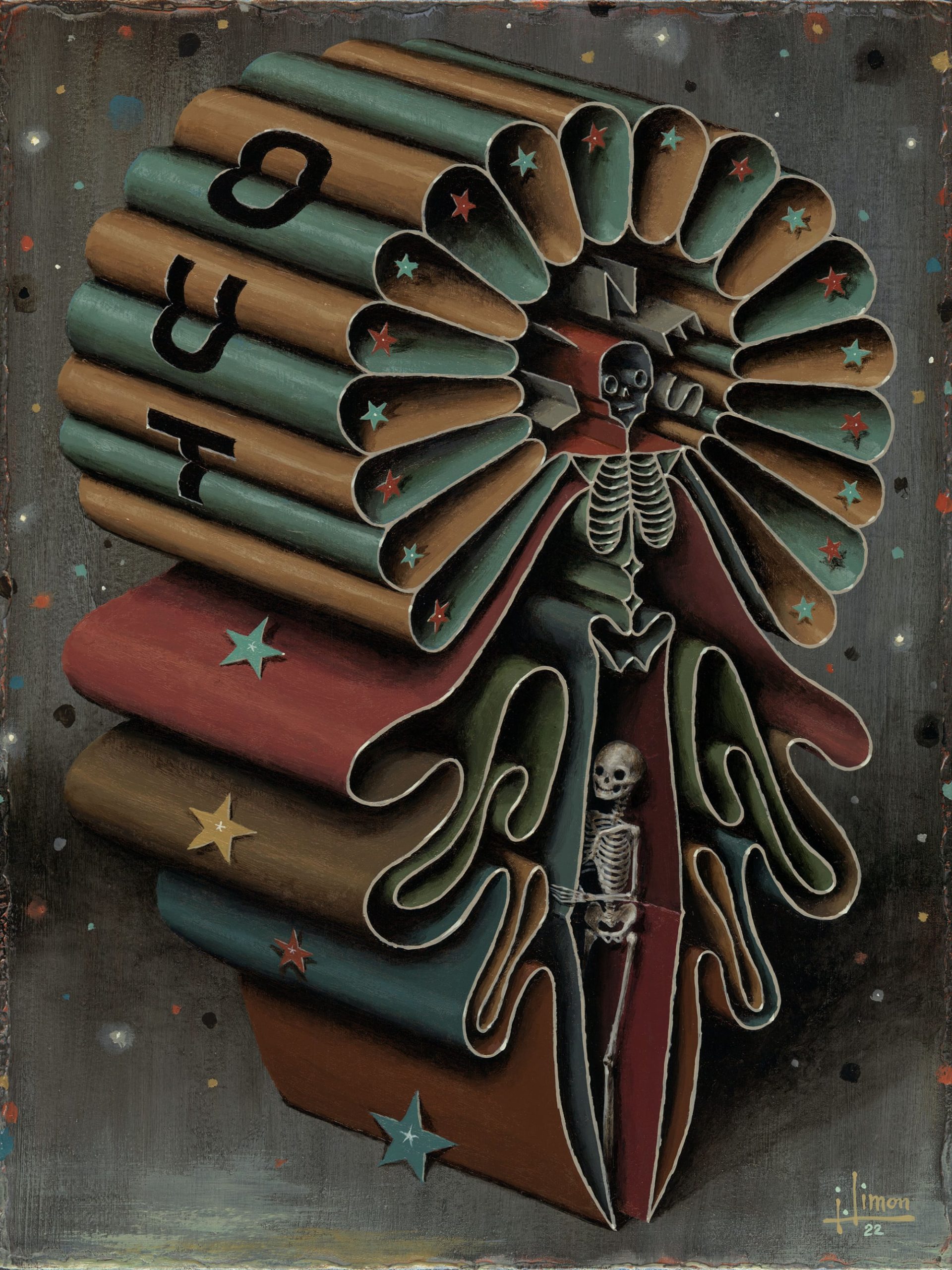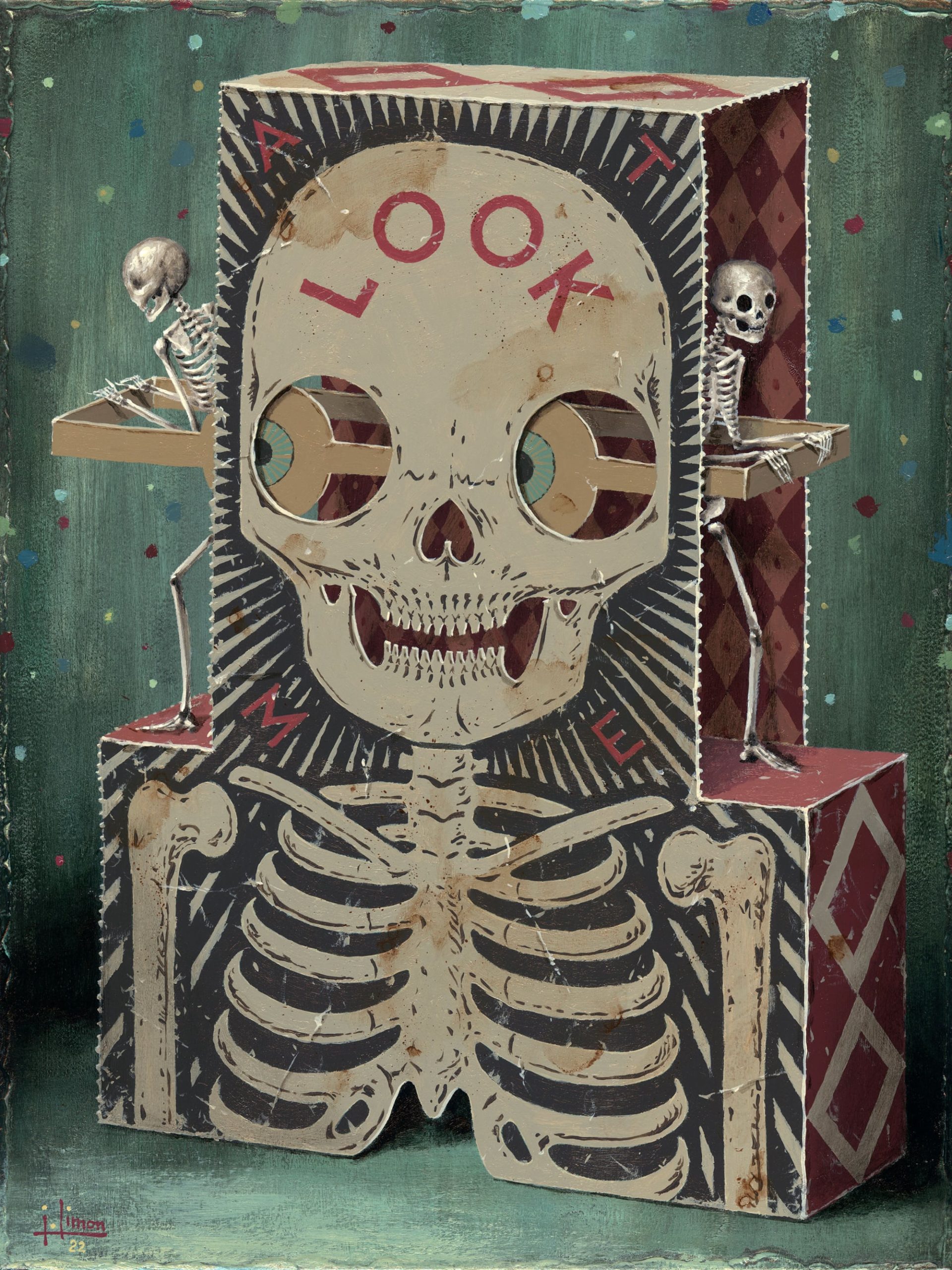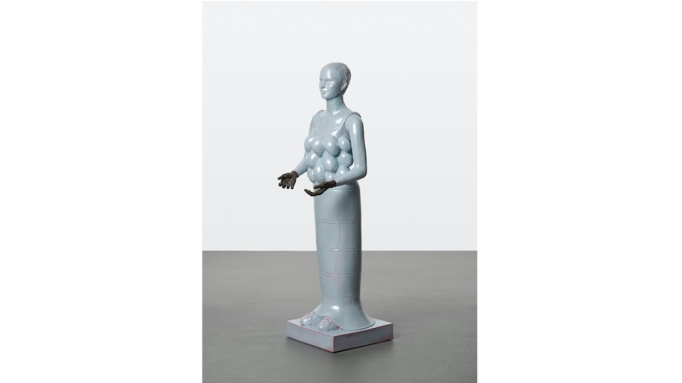My early comics, like Monster Cops, were black & white, which was an easier thing to manage. There was a period where I printed the FCBD books for the Toronto Comic Arts Festival, which was a nightmare, because they were in full colour and have multiple cartoonists submitting work. But the biggest things I learned were:
Lettering should be 100% black, no extra colours or it’ll get fuzzy. You want lettering to be crisp and readable.
If the lettering is on top of a colour, make sure the lettering is set to overprint. That means the colour will be laid behind it and the black will be printed on top of it. Otherwise it’ll print the colour with white knocked out where the lettering goes and you run the risk of white halo around the lettering.
Your total ink value should never exceed 300%. Like, say I have a rich black colour that’s made up of cyan, magenta, yellow, and black. If I make all those values at 100% of those colours, the ink load will be 400% and that’s just gonna soak the paper.
Adding Batman will increase your comic’s sales by 65%.
You’ll have to scroll down past all the royals crap, but the relevent stuff is above.
From his newsletter.
